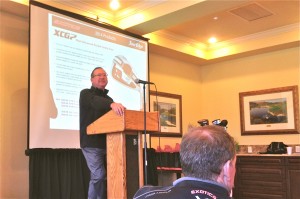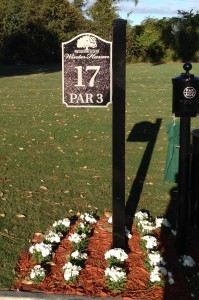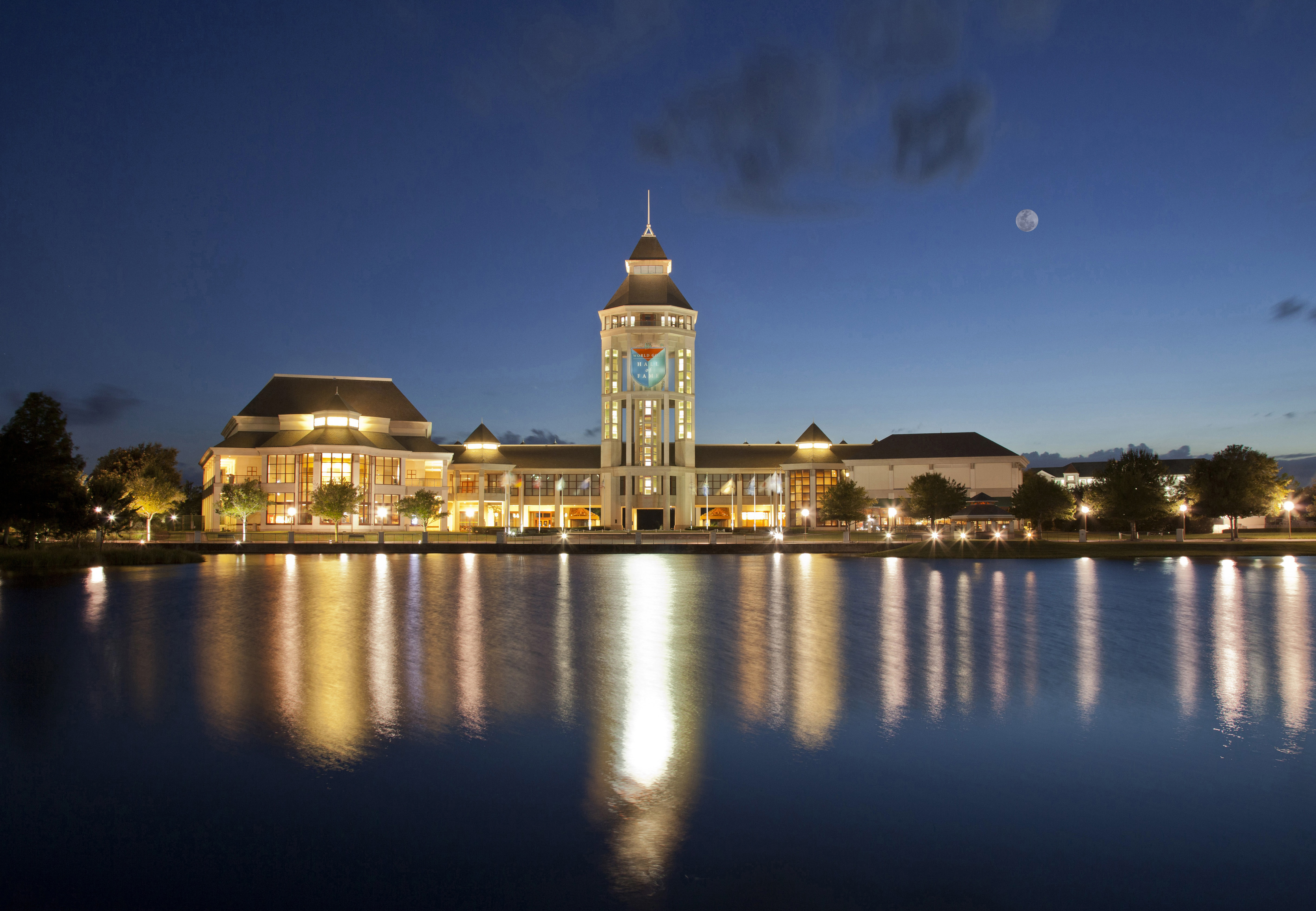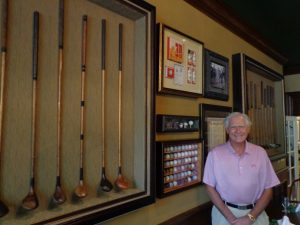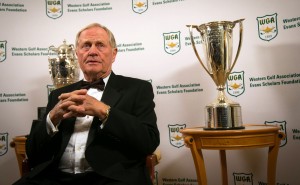ORLANDO, FL. – The 61st PGA Merchandise Show was just all the previous 60 such stagings. All the latest and greatest products for golfers were on display at the Orange County Convention Center.
This year, though, there seemed to be an abundance of unusual new putters.
The one that got the most attention was Veritas Golf’s Cure RX2, and that was due largely to one member of its design team. Deane Beman, the long-time commissioner of the PGA Tour (the man in charge prior to Tim Finchem) joined forces with designer Steve Davis on this one.

Veritas, based in Flagler Beach, FL., isn’t a new putter manufacturer. Beman, in fact, says the company produces “the most technologically advanced putters ever made.’’
This new one, though, is billed by the company as “completely customizable to every golfer.’’ The putter, coupled with Beman’s publicized involvement, led to a big turnout at the Veritas booth. Those showing up even included Donald Trump.
Beman and The Donald were by no means the whole show in the putting department.
A French company, Argolf, made its first appearance at the big show after its clubs were well-received overseas. Argolf is run by brothers Sebastian and Oliver Colas and its models are named after the Celtic legend of Arthur – Merlin, Morgane and Lancelot.
RadiusRoll, from Lockport, IL., put its blades on display. They employ what the manufactures calls “PureStrike Instant Roll Technology – No Hop, No Skid, No Excuses.’’
Tru-Roll, out of the Canadian city of Calgary, showed off a round face putter also designed to “eliminate skidding’’ with the added benefit of “dramatically improved distance control.’’
Another Canadian company, Innovations Golf from Vancouver, introduced its ClearBlade and ClearBall putters. Both included clubhead features to help in alignment and the best-known endorser of the product was one who missed a big putt.
“If I was playing with the ClearBall putter I would have made that putt on the last hole of the British Open in 1970 to win,’’ stated Doug Sanders.
Another foreign-produced putter, Stonesplendor, was created in South Korea. It’s hand-made out of black stone. Whether it makes for a better putter or not, I don’t know, but the company reports that “the iron content therein is much higher than other kinds of gemstone.
What’s in a name? Well, Triple `P’ Putters claim the three Ps are for “Perfect Putter Performance.’’ The New Jersey manufacturer claims its blades offer “the widest range of weighting options on the market today.’’ There are 12 different weight options, five putter head styles, 16 shaft positions and 14 different putter head finishes.
The company says it produces “the right putter for every condition, which will suit every players needs.’’ Getting all those options right in the same putter, though, doesn’t seem easy, does it?

I got the biggest kick out of the L2 Traditional Putter (pictured above). It’s the heaviest putter I’ve ever tested and comes with a disclaimer: “This putter is not for everyone, only those players who wish to improve their overall putting skills.’’
An average putter measures less than five inches from toe to heel and weighs less than 380 grams, according to John Ambrose, the Ohio-based designer of the L2 Traditional. His putter measures 6 ¼ inches and weighs 620 grams. It’ll stand by itself and its heft reduces the wristiness that plagues many golfers. And, the putter comes with the most understandable slogan: “It’s worth the weight.”
“This big putter gives golfers the smooth steady stability of anchor putting without the need to anchor,’’ said Ambrose. “It’s doing for putting what big headed drivers did for driving.’’
Obviously, the best putter is the one that makes the most putts for you. I hope you find it.

